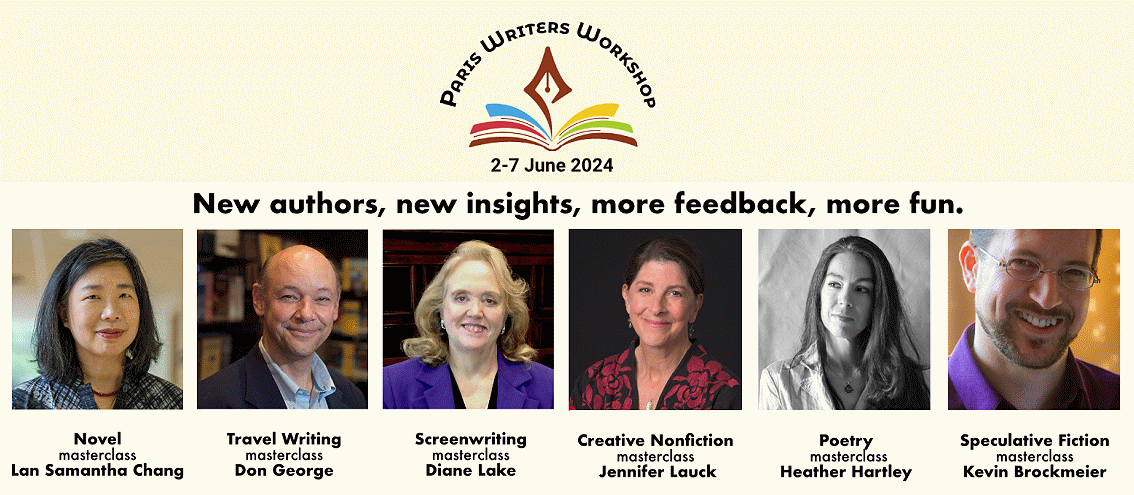
From Idea to Script to Sale





Before I get to today’s blog…
Thinking about doing more with your writing? Why not join me in Paris June 2-7 for my Masterclass in Screenwriting? Come be part of a dynamic community of writers and literary agents to learn, to write, to network, to energize your literary goals—and just to have fun in the City of Light!
The Paris Writers Workshop is the longest running literary program of its kind. This program offers 6 masterclasses by renowned authors, each a specialist in their field—and I’ll be teaching the Screenwriting Masterclass—in English, of course.
The workshop will be held at Columbia University’s beautiful Reid Hall campus in the heart of literary Paris—Montparnasse.
Registration is now open: https://wice-paris.org/paris-writers- workshop
We’ll have a great time getting your story ideas off the ground!!

Characters from the Outside In: Personality
As I mentioned last week, there are two ways to get into a character—one is through looking at what a character wears and thus drawing conclusions about who they are, which we discussed last week. The second way is to look at the layers of a person’s personality to determine more clearly who they are.
We all have a persona that we present to the world. The main character you’re creating could be a 45-year- old father who’s funny, caring, successful, but who also has a bit of a temper. But overall, a pretty good guy… on the surface. And that’s the first layer, the surface layer of ourselves that we present to the world. So it’s clear to anyone who knows your father character that he’s funny, caring, successful and has a bit of a temper.
But underneath that public persona, we all have hidden selves. We’re quite aware of a part of our personality that we consciously don’t share with others. Why? Well, we think, perhaps, that part of us isn’t nice or would cause someone close to us to be disappointed in us. So in the case of your father character, under his funny, etc., demeanor, what if he’s a cross-dresser? Or what if he has a mistress who’s 19? Or what if he harbors thoughts of suicide? Or what if he’s a closet bigot? Or what if he’s gay-curious? Or what if he’s unhappy in his job? The things we hide can be large or small characteristics of ourselves. But when we get to the hidden parts of our personalities, that’s when we get closer to who we really are.
So as the writer, you should know what your character’s personality is like on the surface and what the hidden side of his/her personality is like.
There’s another part of each of our personalities, though. It’s the part that’s deep inside us—SO inside us that we don’t even know it’s there. It’s not like we’re hiding it or something, we really are unaware of it. And yet, it can be the reason we do what we do. That part deep inside us is often called the subconscious.
By definition, we can’t know our own subconscious. If you go into psychoanalysis, this is the area of your personality the doctor will try to probe. The belief is that we all have subconscious needs, desires, and characteristics that drive us. So with your 45-year-old father character, let’s say his happy persona hid a closet bigot. He might be unaware of his bigotry because it’s buried so deep within him. Perhaps his father was a bigot and planted the seeds of that bigotry in his son. Or instead of subconsciously being a bigot, perhaps he subconsciously believes he’s never been good enough—as a son, husband, father… and lots of his actions are driven by that. His ‘funny’ personality therefore covers a sadness, for example.
The cool thing is that although you can’t really know your own subconscious, you can know the subconscious needs and desires of your character—because you created them!
Thinking about the complexities of your characters’ personalities is the key to creating characters who will jump off the page and engage your reader [and later audience] on multiple levels.
Copyright © Diane Lake
25Mar18